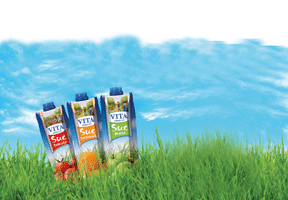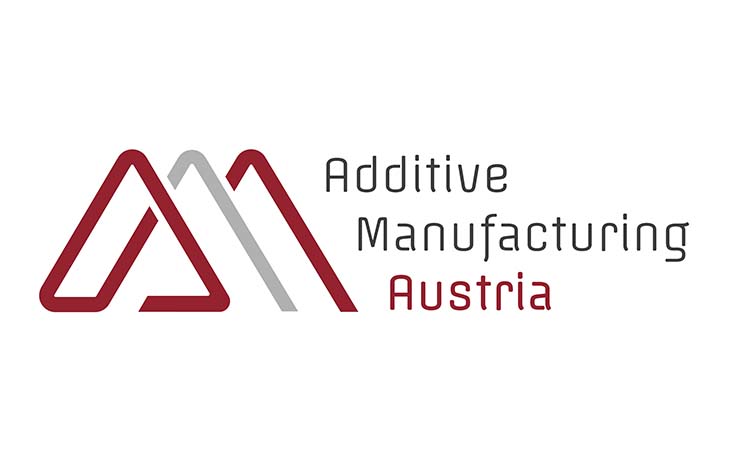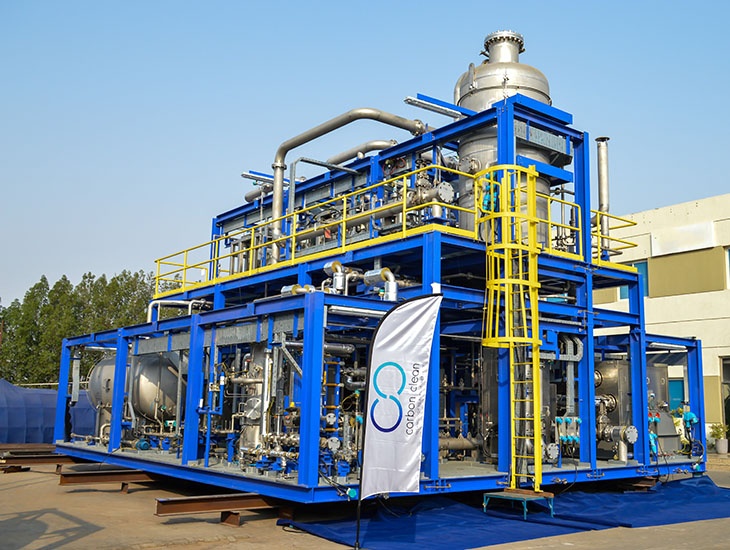Schuler showcasing its range of products for the economic production of electric motor laminations at CWIEME trade show in Berlin
Göppingen, April 27, 2015 – The topic of e-mobility is becoming increasingly important: the German government wants to have one million electric cars on the streets of Germany by 2020. With the BMW i3, Tesla Model S, Smart ForTwo Electric Drive and VW E-Golf, the first mass-produced “plug-n-go” vehicles are already on the road. Systems supplied by Schuler are not only used to produce the structural and body parts for such vehicles, but also the laminations needed for electric motors. At the “Coil Winding, Insulation and Electrical Manufacturing Exhibition” – or CWIEME for short – being held in Berlin from May 5 to 7, Schuler will be showcasing its range of products for the economic production of electric motor laminations.
One German car manufacturer, for example, uses a Schuler machine which is particularly well suited for producing energy-efficient electric drives. The Smartline SA-S can stamp out electric motor laminations which are just 0.2 millimeters thick. In the same step, the individual laminations are bundled into interlocked packets which later form the heart of the electric motor. The thinner the laminations, the lower the eddy current losses; or in other words, efficiency increases and demand decreases.
A depth penetration control developed by Schuler checks the distance between slide and lamination on every stroke and adjusts it where necessary so that the bottom dead center remains constant during punch-bundling. The entire process from measurement to adjustment takes just hundredths of a second. This also greatly simplifies set-up after die changes. The Smartline is available with press forces of 1,250 to 5,000 kilonewtons and bed sizes of 850 by 1,800 millimeters to 1,450 by 3,300 millimeters. The output performance ranges from 80 to 1,000 strokes per minute.
Highly automated systems
Schuler offers blanking lines for electric motor laminations with press forces of 2,500 to 6,300 kilonewtons. These highly automated systems are used to produce stators and rotors, or segments, which can be further processed immediately for motors of different sizes. The low deflection of the press bed and slide reduces strain on the dies and increases their service life. The entire line is operated using a Windows-based and user-friendly visualization system.
Notching cells are recommended for smaller production volumes. An optical orienting station first ensures that the blanks are exactly positioned before the fully automatic linear gantry transports them further via a gripper system. The blanks are then fixed on a turntable and notched at speeds of up to 1,100 strokes per minute. Over 400 rotor and stator laminations are stacked fully automatically on pallets every hour. Die changes take less than half an hour.
Manually operated notchers are particularly well suited for the flexible and economic production of small batches of laminations for electric motors. Controllable dies which can produce the stator and rotor in a single step and with a high degree of precision save valuable handling and set-up time. In the case of a conventional single notch, the operator first inserts the blank, the notcher cuts the stator notches, simultaneously cuts out the blank for the rotor, and the operator removes the two blanks.
The operator then needs to change the die for the next step. The rotor blank is inserted, cut and the finished rotor can then be removed. With the aid of a controllable die, it is possible to notch the stator and rotor with a single clamping operation. Compared to the conventional production process with two separate die sets, there is no longer need to change dies and load the rotor blanks again.





















